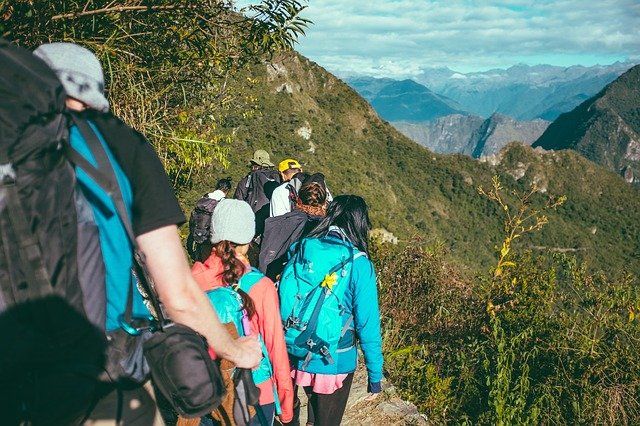Many tourists are now looking for authentic experiences, which often includes remote destinations and their communities. New technology requires less infrastructure making it more cost effective to reach these remote locations with internet or cellular connectivity. This enables more robust solutions to be deployed in these locations economically, facilitating more commerce between tourists and these local communities without increasing the burden socially or environmentally on these tourism-based communities.
Example – tourist books a tour to a remote native settlement. The tour is four hours long and includes trekking through a rain forest and a river boat ride. No credit cards are taken on the journey as they assume correctly that the settlement cannot take credit card payments and they do not want to risk losing their credit card during the trek or boat ride. They take limited cash just in case there is something interesting to buy but not much as they could lose it on the journey. However, they always carry their phone for taking pictures, videos and messaging on social media.
When they arrive at the settlement, they are surprised to see that there are some beautiful artifacts and artwork to purchase and cellular data connectivity is available. They have limited funds but if they had another form of secure payment that could be facilitated through their mobile phone, they would use it to purchase more goods. The community miss out on more sales.
This is a common occurrence and a perfect example of increasing visitor spend without even raising the number of tourists visiting a destination without negatively impacting on social or environmental factors. The increase in revenue is realized simply through more efficiency. An all-inclusive community-based tourism plan underpinned by technology can make this a reality.
Standards, especially safety standards are always a concern in developing regions. Many destination tourism boards spend large sums on training the local community in this area along with customer service. Community based tourism technology needs to provide a seamless easy to use mechanism for community-based SME’s to continually record their ongoing compliance and the local destination management organization need to be able to monitor this progress and provide ongoing training in areas of weakness.
This could lead to cost savings for the SME’s if local insurance companies are onboard with the ongoing self-assessment and monitoring with possible lower insurance premiums. Also depending on what type of business it is they will likely see reduced equipment replacement costs because the equipment will be continually maintained and electronically recorded showing the full history of maintenance work or safety checks carried out.
A simple example would be a community-based business that offers river tours. They would be able to create tasks in the system at regular intervals for checking the life jackets and boat maintenance. These tasks can be completed via a cellphone at any time, with the data recorded in the central project database for real-time tracking and analytics. Of course, this will be beneficial if any serious accidents do happen because now even a small business can show ongoing due diligence to a specified standard. This would be part of the same system that managed the entire project.





























